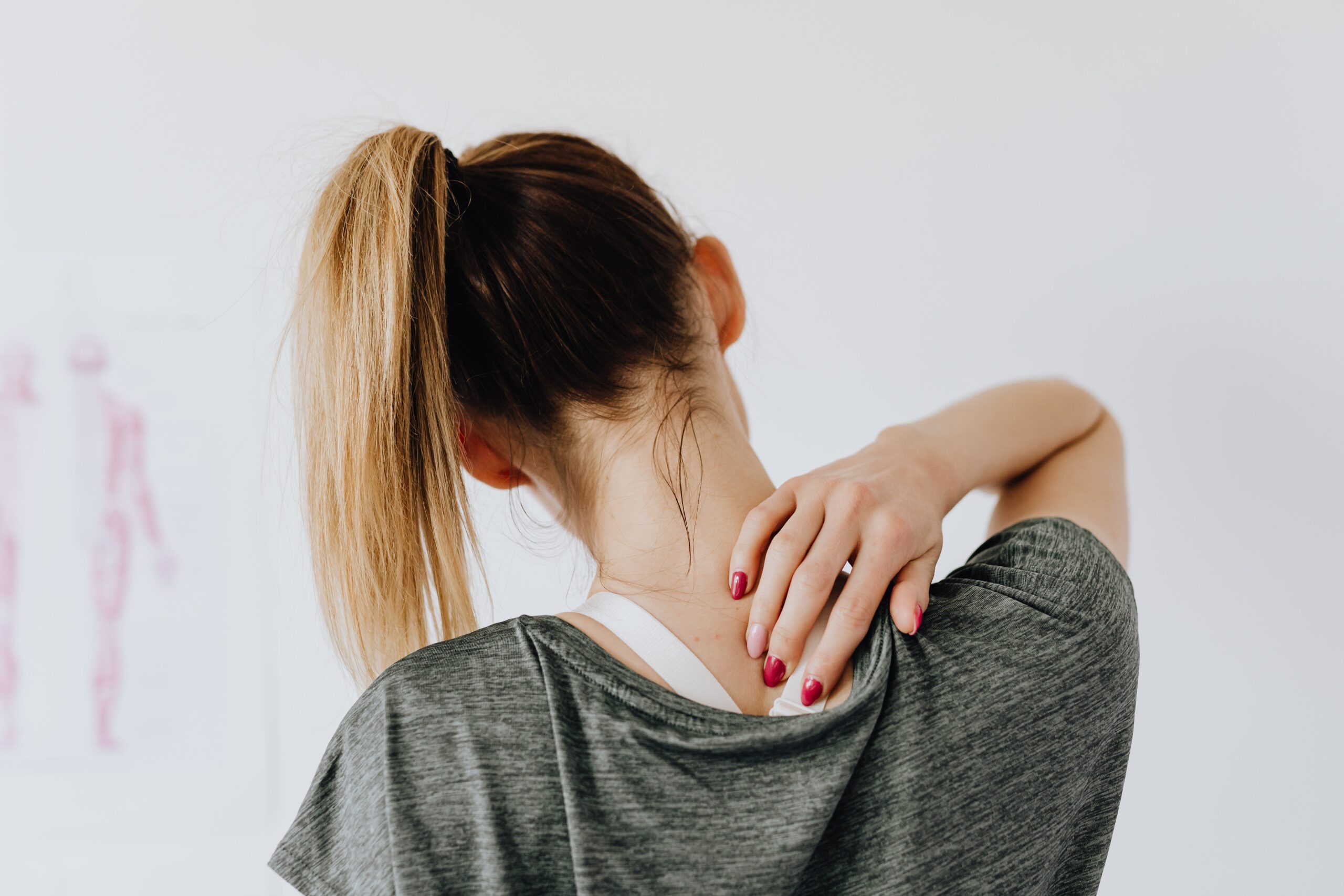
Injuries, tight muscles, and underlying diseases such as cervical radiculopathy or shoulder impingement can lead to arm and neck pain. The good news is that adding stretches and exercises to your program can help reduce discomfort, increase flexibility, and develop your muscles in these regions. This post will examine seven stretches and exercises for arm and neck pain relief.
Neck Retraction Exercise
The broad neck flexor muscles, which are important for maintaining a stable neck posture, are the focus of the neck retraction exercise. For this exercise, you should sit or stand with the back in a neutral posture. Pull your chin in without tilting your head up or down, then gently retract your head. Repeat a few times while maintaining the retracted position. The neck and back muscles of the upper back are released because of this exercise, which also aids in correcting the forward head position.
Shoulder Rolls
Exercises like shoulder rolls help to relieve stress and increase mobility in the neck and shoulder region. Place your hands at your sides while standing with your feet approximately shoulder-width apart. Make complete revolutions while rotating your shoulders forward slowly. Roll your shoulders in the other direction after a few repetitions. Spend an hour or two doing this exercise, paying attention to how you may widen your range of motion and relax your muscles.
Levator Scapulae Stretch
The muscle that links the upper neck with the shoulder blade, the levator scapulae, is the focus of the levator scapulae stretch. Sit or stand straight and slowly bend your skull to one side, putting your ear next to your shoulder, to stretch this muscle. By gently pressing on the back of your head with your hand and extending the lateral flexion, you may deepen the motion of the stretch.
Repeat the stretch multiple times, holding it for between twenty and thirty seconds on each side. This stretch reduces arm and neck pain by releasing stress in the neck and high back.
Chin Tucks
The deeper neck flexor muscles may be strengthened with chin tucks, which are also great for enhancing posture. Start by assuming a neutral spine posture when seated or standing. Pull your chin in without tilting your head up or down, then gently retract your head. For a little period, maintain the tucked position, then let go.
Increase the hold time progressively by performing this exercise several times. Chin tucks ease neck discomfort by promoting appropriate alignment, strengthening the neck muscles, and strengthening the chin.
Upper Trapezius Stretch
The trapezius muscles muscle, which runs from the center of the back to the base of the head, is the focus of the upper trapezius stretch. Put your ear as near to your shoulder as possible by gently tilting the head to one side while sitting or standing erect to do this stretch. To deepen the stretch, place your hand on the side of your head that is not facing you and gently press down. Hold for 20–30 seconds, then switch to the opposite side. This stretch can lessen discomfort and increase flexibility by releasing stress in the upper trapezius muscle.
Arm Circles
Arm circles are a good way to increase mobility and reduce shoulder and upper back stress. Stand with your feet about shoulder-width apart and your arms at shoulder height outstretched to the sides. Make little circles using your arms and then progressively enlarge them. Reverse the direction after a few repetitions.
Spend a minute or two doing this exercise, paying attention to keeping your motions flowing and relaxed. Arm circles support an improved range of motion by easing the muscles around the shoulder joint.
Thoracic Spine Extension
The thoracic spine stretch exercise enhances upper back posture and mobility while releasing tension that may be a factor in developing arm and neck discomfort. Place your feet flat on the ground while perched on the edge of a chair. As you elevate your chest toward the sky and softly arch upward with your back, interlace the palms of your hands around your head. Return to the beginning position after holding the stretched position briefly. Repeat this exercise many times to see improvement.
Conclusion
Your everyday routine can benefit from including these stretches and exercises to help reduce arm and neck discomfort, increase flexibility, and improve the tissues in these regions. Always remember to do them within a pain-free range of motion and seek medical advice if you have any worries or underlying issues. By consistently performing these stretches and exercises, you can encourage improved posture, lessen muscular stress, and live an easier and pain-free everyday life.






